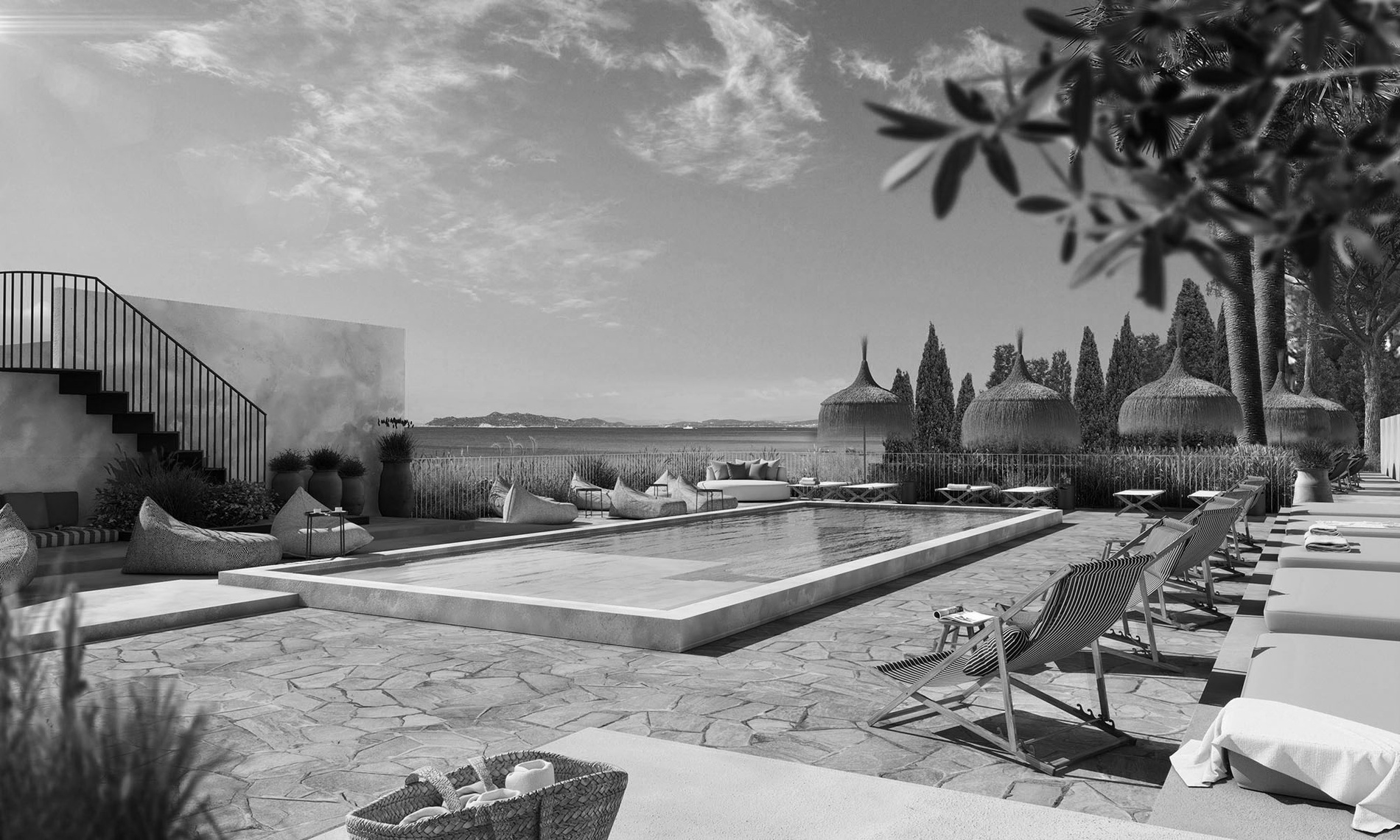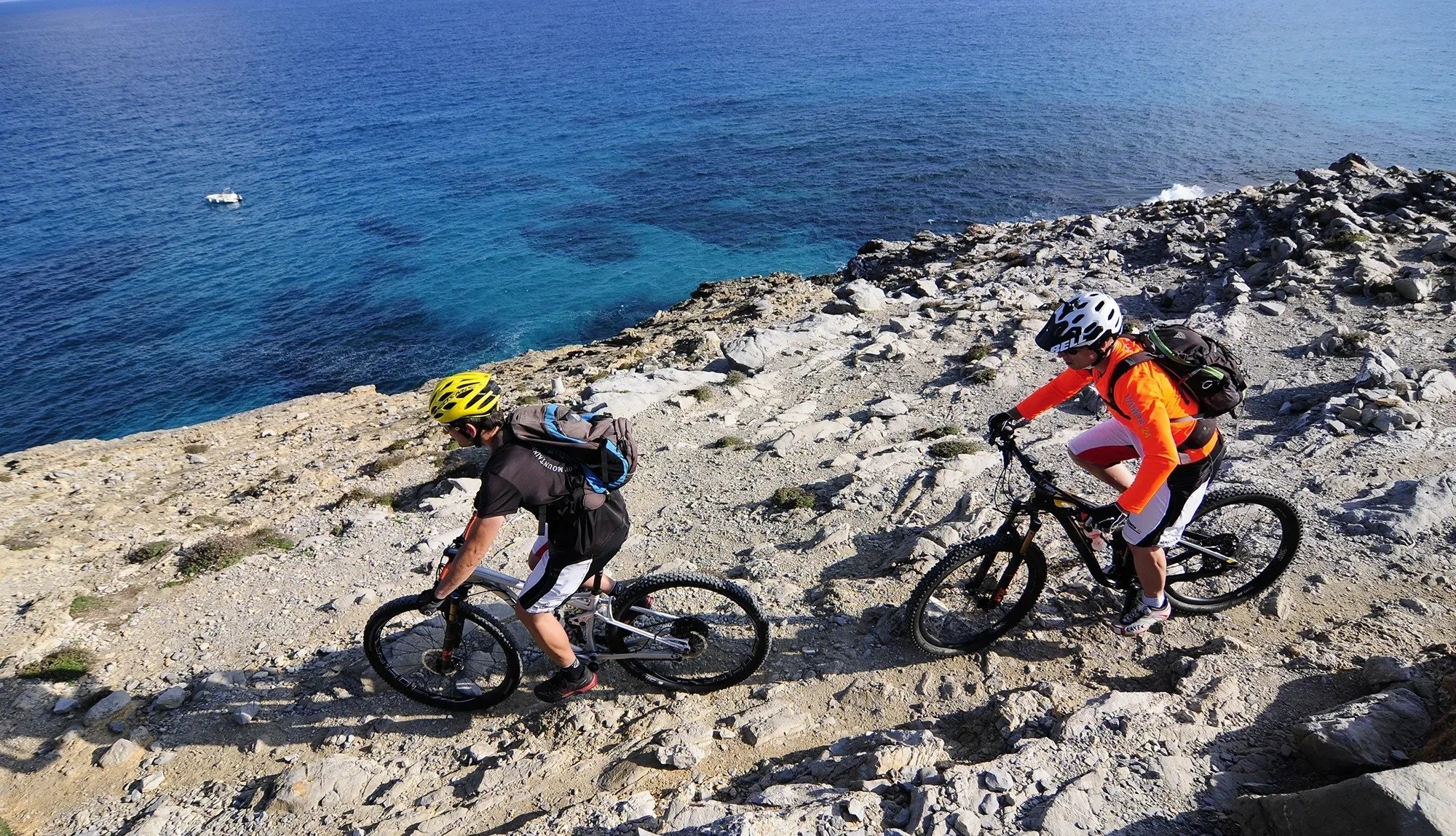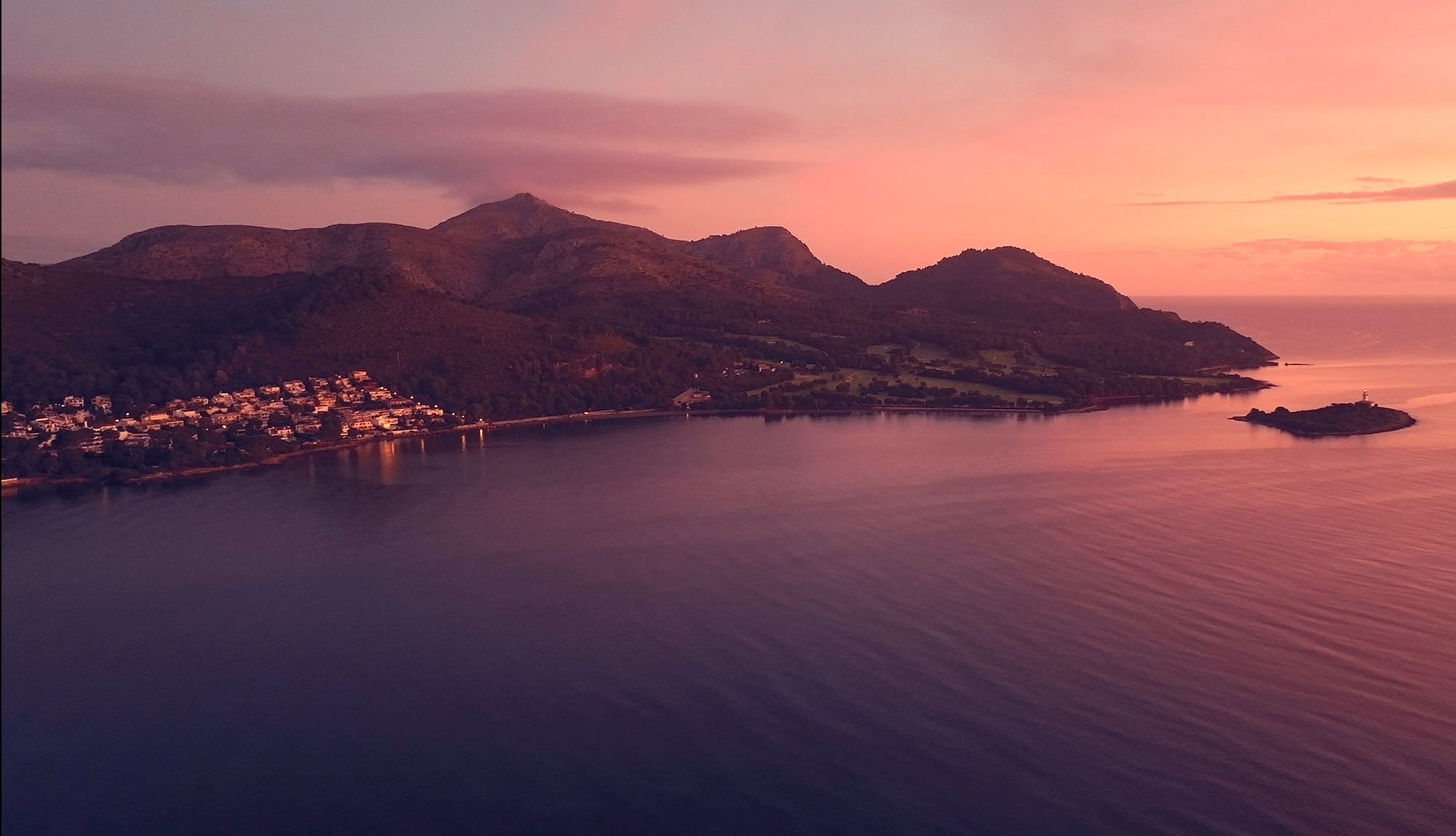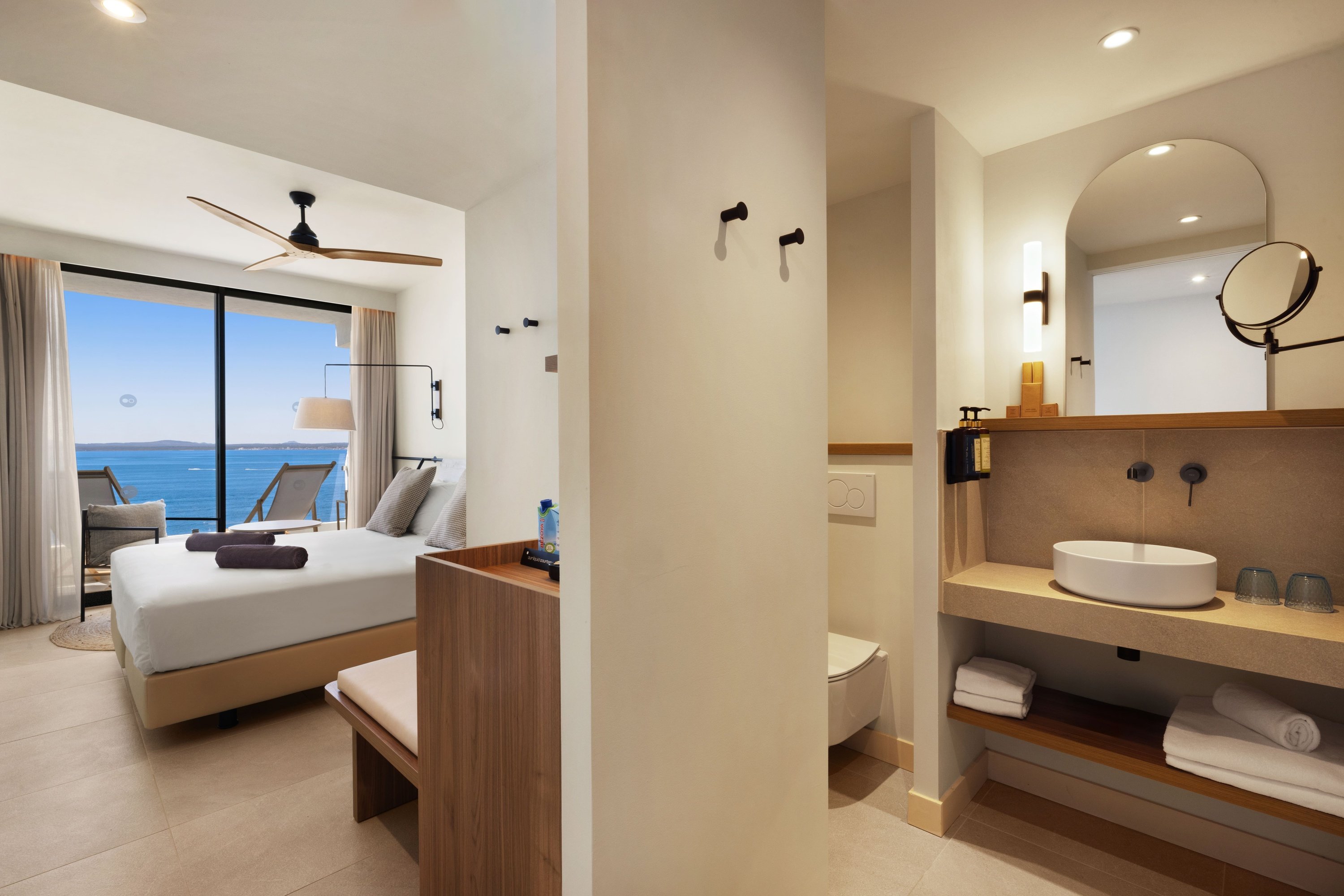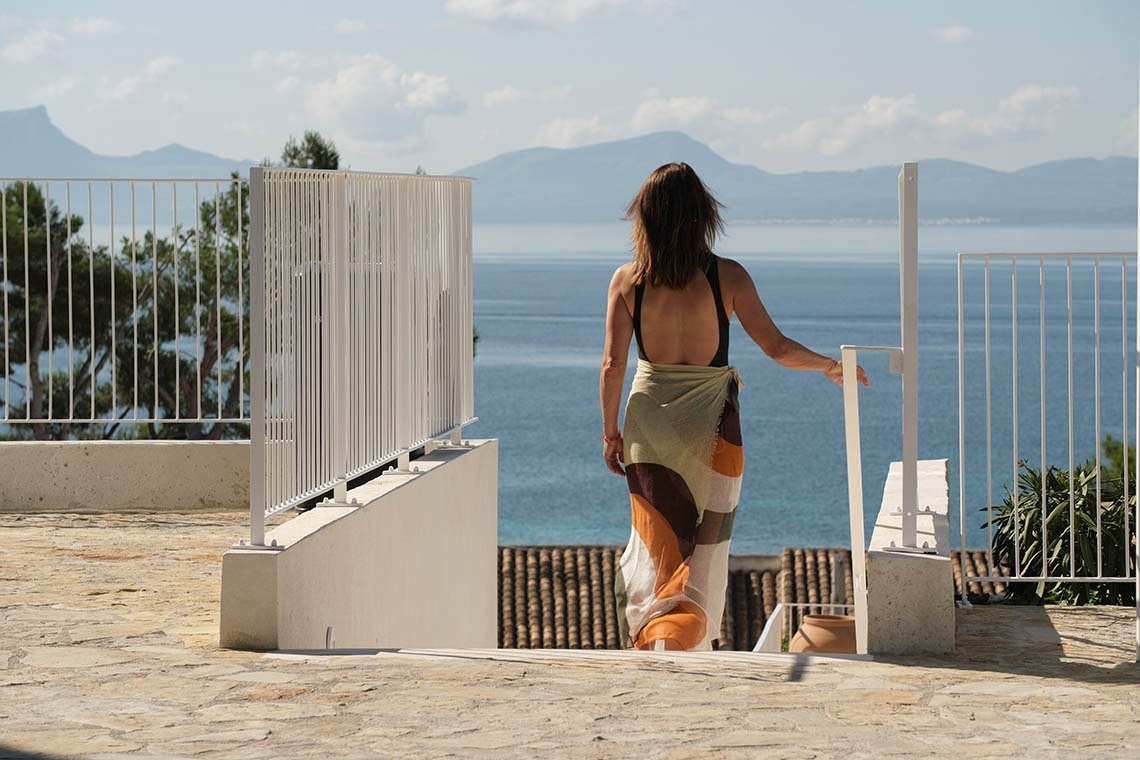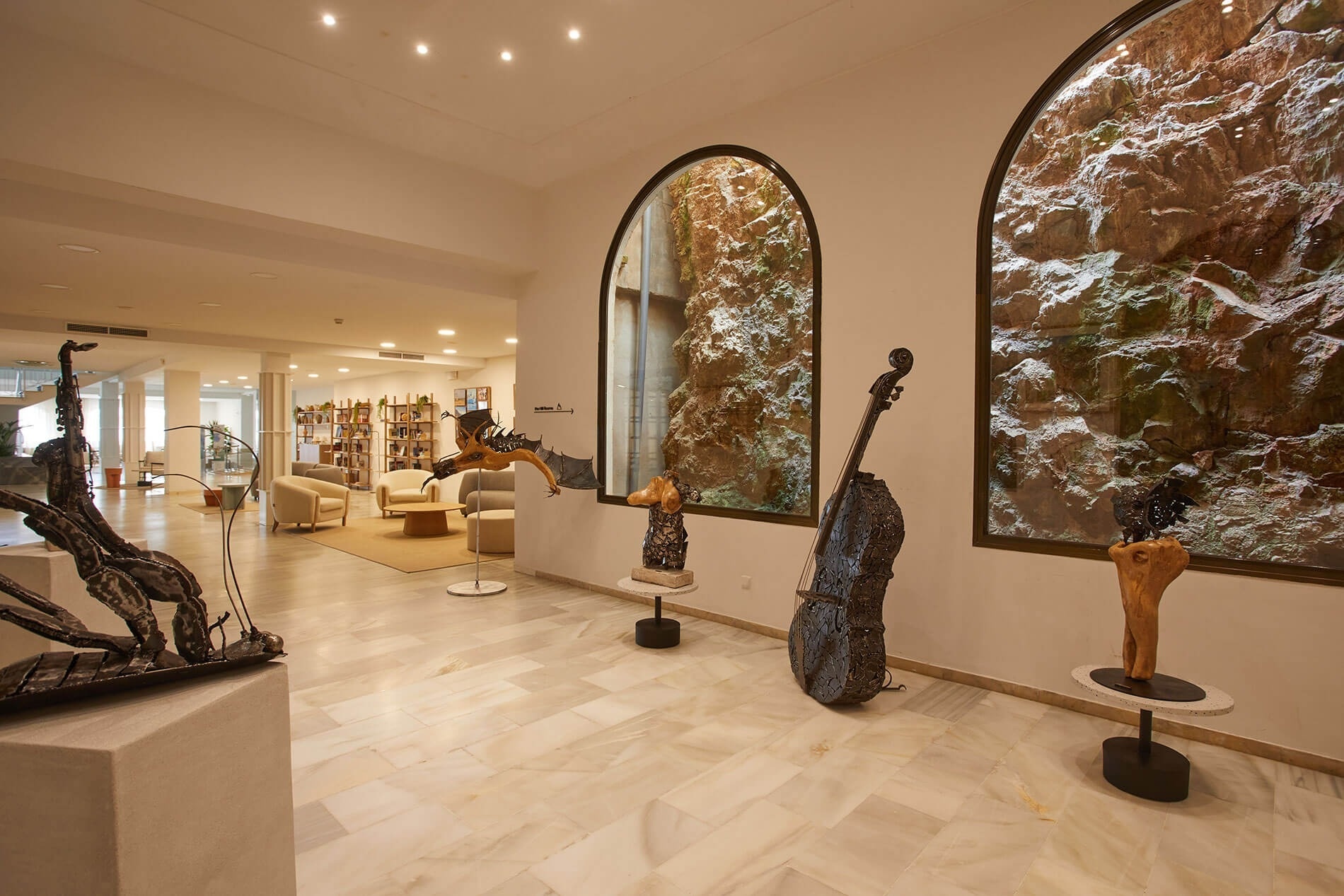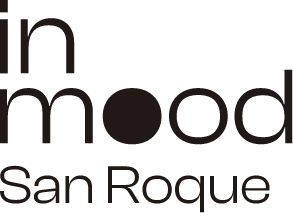History of Aucanada
History 12/06/2023
Aucanada, a natural environment with a lot of history. In Spanish, it is known as Alcanada and it came from an old Muslim farmhouse in the municipality of Alcúdia, called albecanata (Al-kaddan). Although it also seems that, in the first centuries of our era, there was a small nucleus of Roman population in the area of Aucanada together with the Roman city of Pollentia.
The Muslim farmhouse (10th - 13th centuries) was conquered by the Crown of Aragon and remained in the hands of Pere Ferrandiz and, from the 14th century, everything that involved the farmhouse, the land and its islet became areas of use common.
Some of the best-known owners of the old houses in Aucanada are Martí Torrens, Guillem Torrens and Antonio Fe. The houses were two-story buildings and had accommodation for the farm workers and land for agricultural and livestock tasks.
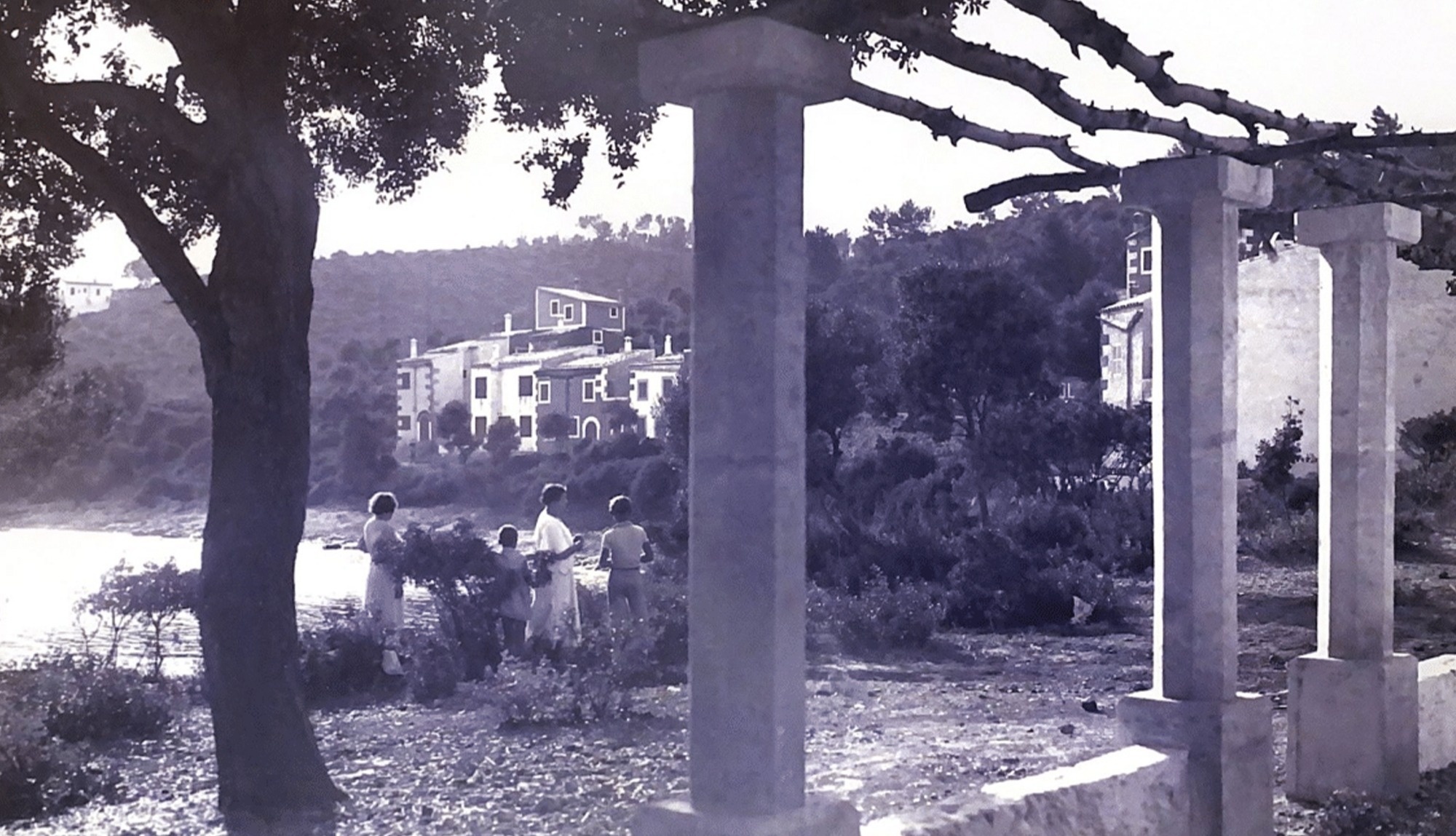
THE FARM
The Aucanada farm, which was owned by Antonio Morey de Palma, appears as a 150-square-bed plot of land growing almond, carob, vines, cereals, olive and fig trees wrapped in an environment full of pine forests in a scrubland.
The Archduke Luis Salvador describes the estate in his work 'Die Balearen': “From the port of Alcúdia I ascend a path, at first close to the coast, in the direction of the Alcanada or Eucanada roadstead and the house of the same name with its aquifer chasm (avenc) from which a pump extracts the water that supplies various troughs. There is an extensive vineyard at its pries and on its sides terraces with carob and fig trees; The wild olive trees have taken over the nearby garrigue. The house is simple, with a tower and a cobbled terrace with a star in the center. A cistern shows the description: 'Alcanada 1844'.
The main house and the annexed rooms were restored and adapted to what we currently know as the Golf Club and the restaurant, although there are spaces that have maintained their origin.
ARCHITECTURAL INTERVENTION
In 1933, Nicolau Mª Rubió i Tudurí, an architect of Menorcan origin, devised a summer colony in Aucanada, specifically, in Cala Poncet, named after an old property near 'Son Ponç' (or Can Poncet). Rubió i Tudurí was fascinated by garden cities and summer colonies inspired by popular architecture, which advocated the new architectural trends of the first third of the 20th century.
In his urbanization project for Aucanada, he wanted to imitate a fishing village with its old town and its extension. The first owner of the urbanization was Pedro Dot Martínez, it was his summer resort and he devoted his time to the Rosa 'Perla de Alcanada' variety, a precursor of miniature roses.
AUCANADA LIGHTHOUSE
In the middle of the 19th century, the Aucanada lighthouse was built on the islet of the same name, where the keepers and their families lived there for about a hundred years. Twice a week, a boat brought them their provisions from Puerto de Alcudia. And, it was not until 1960, in which the light system of the lighthouse was automated and the islet was uninhabited.
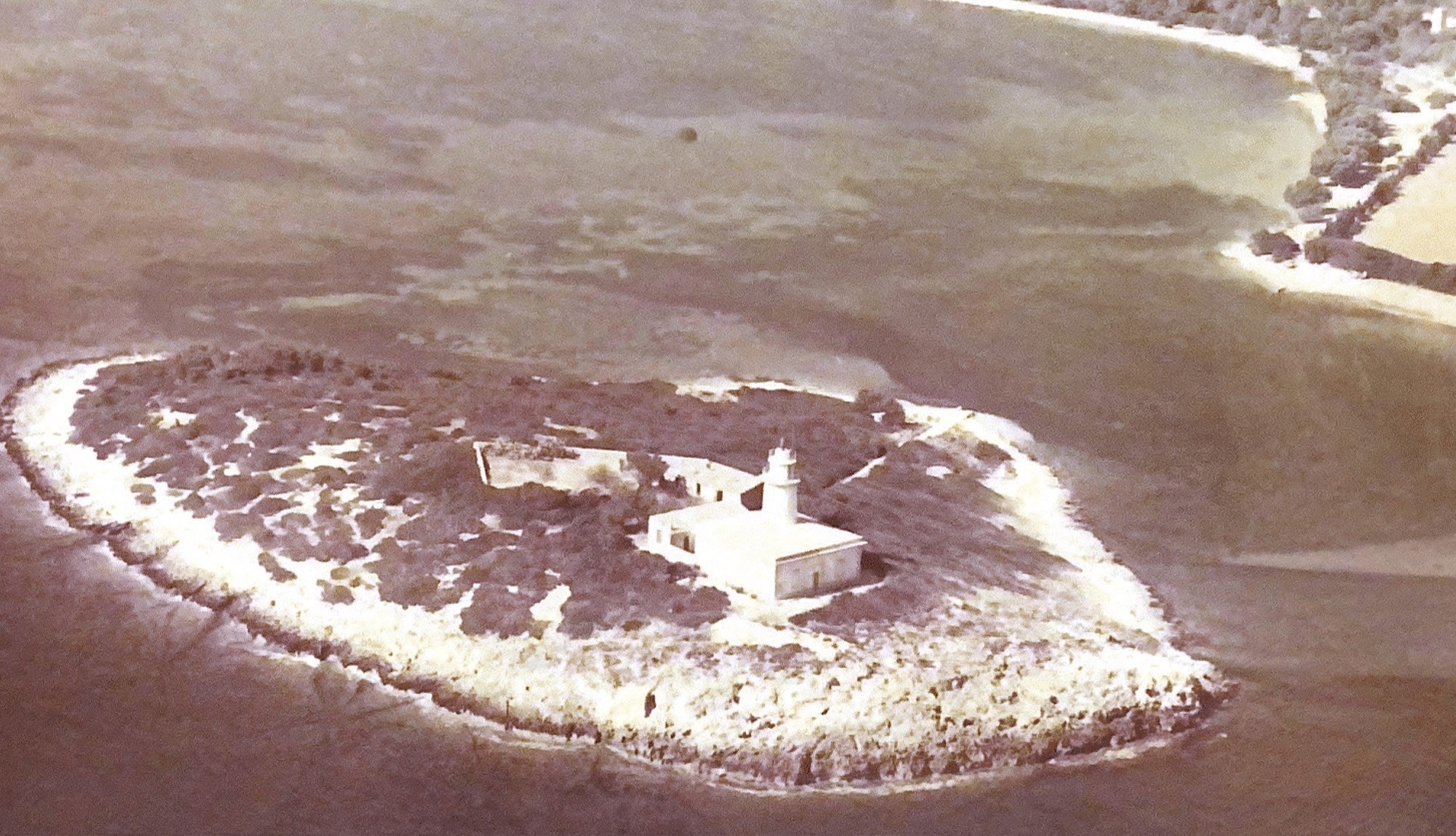
MAJOR TOWER
The Torre Mayor de Aucanada was built in order to monitor and defend the bay of Alcúdia and its surroundings. The most remembered attack is that of Cap des Pinar, in 1551, which took 25 hostages and in order to free them, they were exchanged for two thousand escudos.
SA BASSA WHITE
The Sa Bassa Blanca estate, headquarters of the Yannick and Ben Jakober Foundation, is the work of the Egyptian architect Hassan Fathy. Its construction was inspired by a Muslim ribat, although it preserved the walls of the old farm house.
The Foundation houses artistic collections from the second half of the 20th century and a permanent collection with more than 150 portraits of infants of European royalty and nobility, made between the 16th and 19th centuries.
The Muslim farmhouse (10th - 13th centuries) was conquered by the Crown of Aragon and remained in the hands of Pere Ferrandiz and, from the 14th century, everything that involved the farmhouse, the land and its islet became areas of use common.
Some of the best-known owners of the old houses in Aucanada are Martí Torrens, Guillem Torrens and Antonio Fe. The houses were two-story buildings and had accommodation for the farm workers and land for agricultural and livestock tasks.

THE FARM
The Aucanada farm, which was owned by Antonio Morey de Palma, appears as a 150-square-bed plot of land growing almond, carob, vines, cereals, olive and fig trees wrapped in an environment full of pine forests in a scrubland.
The Archduke Luis Salvador describes the estate in his work 'Die Balearen': “From the port of Alcúdia I ascend a path, at first close to the coast, in the direction of the Alcanada or Eucanada roadstead and the house of the same name with its aquifer chasm (avenc) from which a pump extracts the water that supplies various troughs. There is an extensive vineyard at its pries and on its sides terraces with carob and fig trees; The wild olive trees have taken over the nearby garrigue. The house is simple, with a tower and a cobbled terrace with a star in the center. A cistern shows the description: 'Alcanada 1844'.
The main house and the annexed rooms were restored and adapted to what we currently know as the Golf Club and the restaurant, although there are spaces that have maintained their origin.
ARCHITECTURAL INTERVENTION
In 1933, Nicolau Mª Rubió i Tudurí, an architect of Menorcan origin, devised a summer colony in Aucanada, specifically, in Cala Poncet, named after an old property near 'Son Ponç' (or Can Poncet). Rubió i Tudurí was fascinated by garden cities and summer colonies inspired by popular architecture, which advocated the new architectural trends of the first third of the 20th century.
In his urbanization project for Aucanada, he wanted to imitate a fishing village with its old town and its extension. The first owner of the urbanization was Pedro Dot Martínez, it was his summer resort and he devoted his time to the Rosa 'Perla de Alcanada' variety, a precursor of miniature roses.
AUCANADA LIGHTHOUSE
In the middle of the 19th century, the Aucanada lighthouse was built on the islet of the same name, where the keepers and their families lived there for about a hundred years. Twice a week, a boat brought them their provisions from Puerto de Alcudia. And, it was not until 1960, in which the light system of the lighthouse was automated and the islet was uninhabited.

MAJOR TOWER
The Torre Mayor de Aucanada was built in order to monitor and defend the bay of Alcúdia and its surroundings. The most remembered attack is that of Cap des Pinar, in 1551, which took 25 hostages and in order to free them, they were exchanged for two thousand escudos.
SA BASSA WHITE
The Sa Bassa Blanca estate, headquarters of the Yannick and Ben Jakober Foundation, is the work of the Egyptian architect Hassan Fathy. Its construction was inspired by a Muslim ribat, although it preserved the walls of the old farm house.
The Foundation houses artistic collections from the second half of the 20th century and a permanent collection with more than 150 portraits of infants of European royalty and nobility, made between the 16th and 19th centuries.
